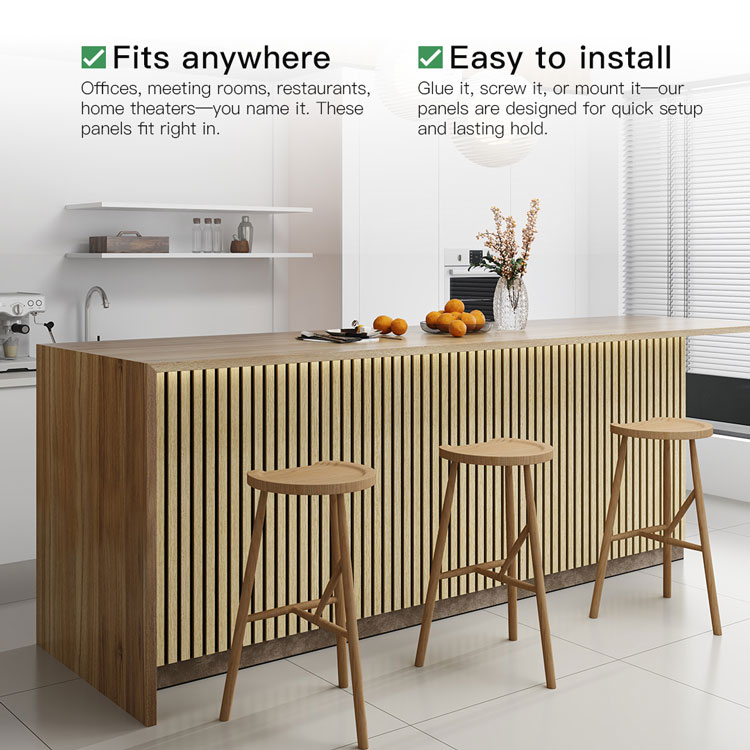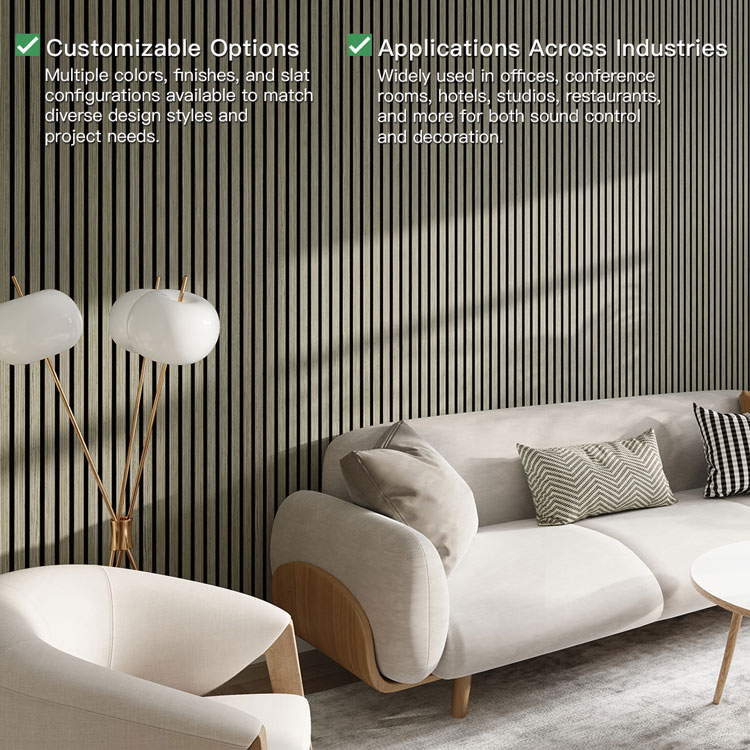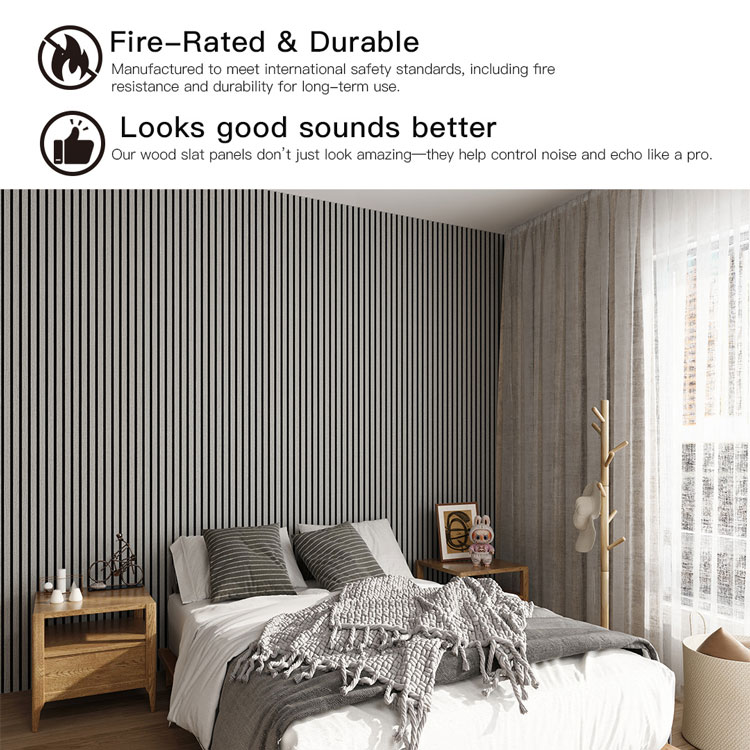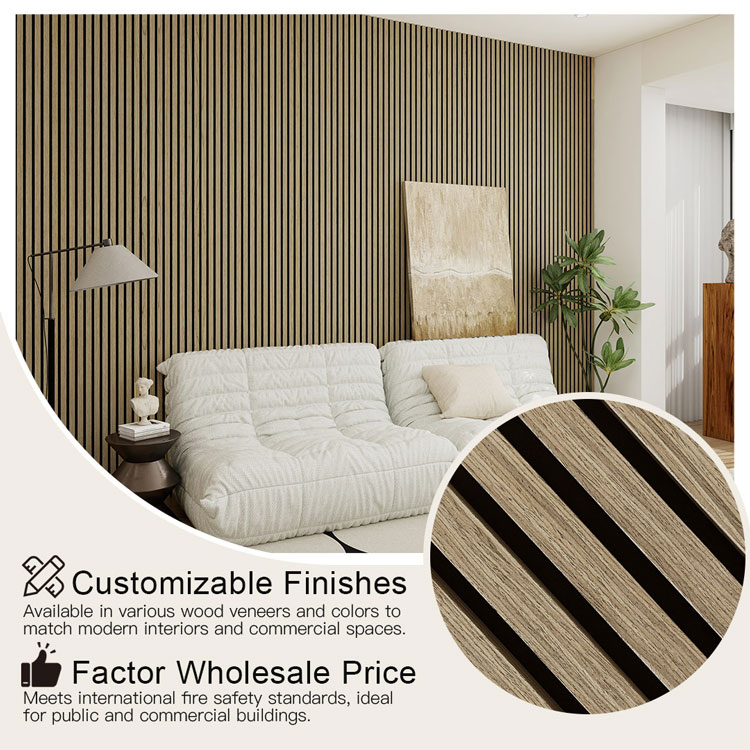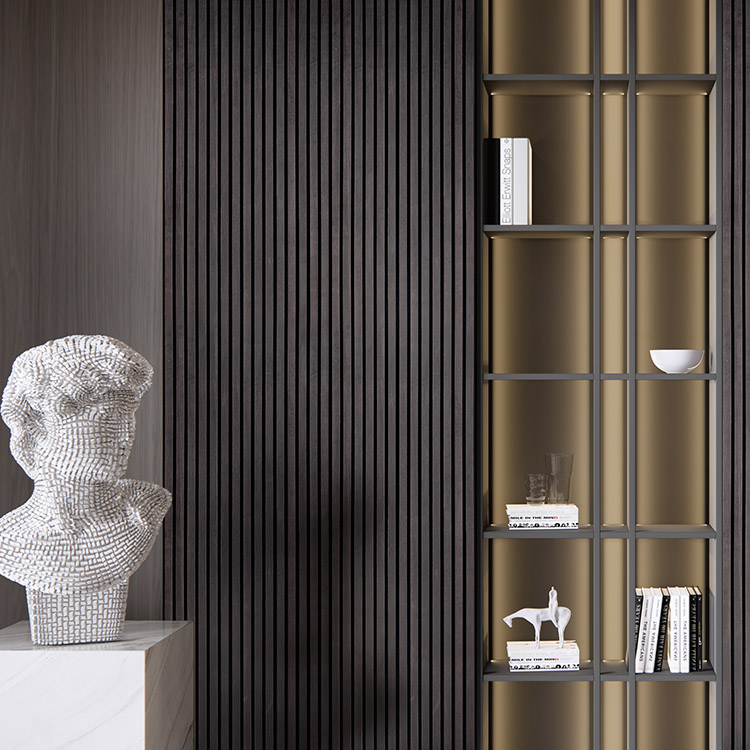Whether you’re building a recording studio, a home theater, or simply want a peaceful space free from outside noise, understanding how to soundproof a room so no sound gets in is essential. True soundproofing means blocking external noise — traffic, neighbors, footsteps, or machinery — from entering your space.
In this article, we’ll explain the key principles of soundproofing, share practical steps to achieve maximum noise isolation, and show how Guangdong Leeyin Acoustics, a global leader in acoustic wall panel manufacturing, can help you achieve professional results.
Understanding the Goal: Blocking vs Absorbing Sound
Before we begin, it’s crucial to understand the difference between soundproofing and sound absorption:
-
Soundproofing prevents noise from entering or leaving a room.
-
Sound absorption improves acoustics within a space by reducing echoes and reverberation.
For your goal — keeping outside noise out — you need soundproofing materials that add mass, seal gaps, and decouple surfaces to block sound transmission.
1. Add Mass to Walls and Ceilings
Sound is vibration, and heavier materials vibrate less. The more mass you add to your walls and ceiling, the harder it becomes for noise to penetrate.
✅ How to Do It:
-
Use double layers of drywall with a damping compound in between.
-
Install Mass Loaded Vinyl (MLV) behind walls or ceilings for high-density noise barriers.
-
Apply Leeyin wood slat acoustic wall panels with a PET felt backing to enhance both insulation and aesthetic appeal.
Leeyin’s acoustic wall panels combine E0-grade MDF and recycled PET felt, offering both mass and absorption performance in one elegant system.
2. Decouple Wall and Ceiling Structures
Even solid walls can transmit sound through vibration. Decoupling separates materials to prevent sound from traveling directly through them.
✅ Methods:
-
Install resilient channels or sound isolation clips between drywall and framing studs.
-
Build a staggered stud wall or a double wall system to physically separate surfaces.
-
For ceilings, use suspended systems to stop vibration from the floor above.
This is one of the most effective professional techniques to stop sound from entering a room.
3. Seal Every Gap and Crack
Sound can travel through even the tiniest openings — such as gaps around doors, windows, or outlets.
To make a room truly soundproof, you must seal all air leaks.
✅ Use:
-
Acoustic caulk or sealant around joints, seams, and corners.
-
Weatherstripping around doors and windows.
-
Foam gaskets behind electrical outlets.
Remember: If air can get through, sound can too.
4. Soundproof Doors and Windows
Doors and windows are usually the weakest points in any room. Replacing or upgrading them can drastically reduce external noise.
✅ Tips:
-
Use solid-core doors instead of hollow ones.
-
Add door sweeps and acoustic seals to block sound leakage.
-
Upgrade to double-glazed or laminated acoustic windows.
-
Install Leeyin acoustic slat wall panels near windows or door areas to further reduce reflection and incoming sound.
5. Fill Wall Cavities with Sound-Absorbing Insulation
Inside the wall, cavities can transmit airborne sound. Fill them with dense acoustic materials to absorb and dissipate noise energy.
✅ Recommended Materials:
-
Mineral wool insulation
-
Fiberglass batts
-
Leeyin PET felt acoustic panels, made from recycled fibers, offering high-density sound absorption and eco-friendly performance.
Leeyin’s materials meet international environmental and fire safety standards, ensuring both performance and reliability.
6. Treat Interior Surfaces for Better Acoustics
Even after you’ve blocked external noise, interior reflections can cause echo or distortion. To achieve perfect sound clarity inside the room, use acoustic wall and ceiling panels.
Leeyin wood slat acoustic panels not only absorb unwanted reverberation but also add a modern, natural finish to any space — ideal for studios, offices, cinemas, and homes.
7. Don’t Forget the Floor
If you live in an apartment or multi-story building, sound can also travel through the floor. Add acoustic underlayment, rubber mats, or carpet padding to minimize noise transmission.
For professional spaces, consider installing a floating floor system for total isolation.
